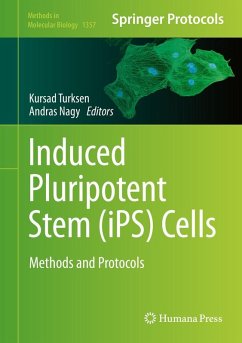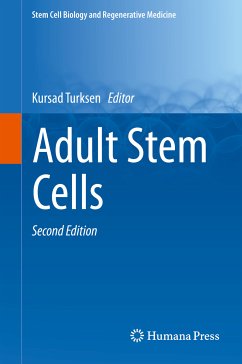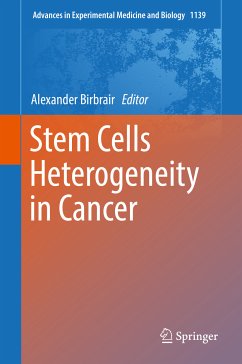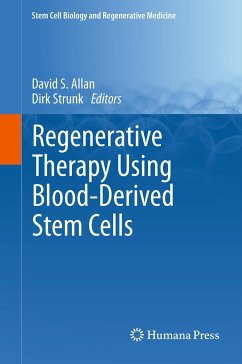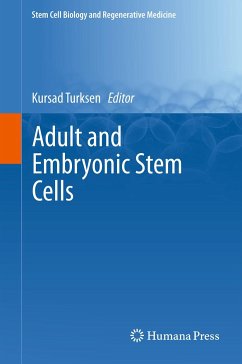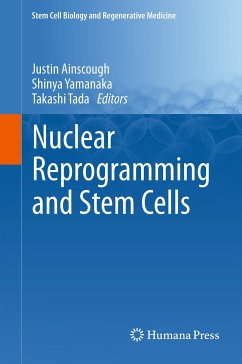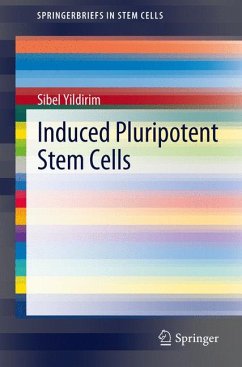
Induced Pluripotent Stem Cells (eBook, PDF)
Versandkostenfrei!
Sofort per Download lieferbar
40,95 €
inkl. MwSt.
Weitere Ausgaben:

PAYBACK Punkte
20 °P sammeln!
Induced Pluripotent Stem (iPS) cells are mature cells that have been genetically reprogrammed so that they return to their embryonic state. It is not yet known if iPS stem cells and embryonic stem cells differ significantly. Today many fundamental belief systems in biology are shifting towards accepting that mature body cells can be reverted to an embryonic state without the help of eggs or embryos. With their changed identities, iPS cells are then ready to serve as new tools for research in the fields of disease pathogenesis, drug discovery, oncology, and cell transplantation. One example of ...
Induced Pluripotent Stem (iPS) cells are mature cells that have been genetically reprogrammed so that they return to their embryonic state. It is not yet known if iPS stem cells and embryonic stem cells differ significantly. Today many fundamental belief systems in biology are shifting towards accepting that mature body cells can be reverted to an embryonic state without the help of eggs or embryos. With their changed identities, iPS cells are then ready to serve as new tools for research in the fields of disease pathogenesis, drug discovery, oncology, and cell transplantation. One example of this would be using iPS from a patient's mature cells to repair damaged tissue; it is thought that there would be very low incidence of rejection of the 'new' tissue in these cases. For the last four years, this therapeutic promise has been studied by hundreds of researchers worldwide in an effort to understand the ability of these cells to reverse their biological clocks.
Dieser Download kann aus rechtlichen Gründen nur mit Rechnungsadresse in A, B, BG, CY, CZ, D, DK, EW, E, FIN, F, GR, HR, H, IRL, I, LT, L, LR, M, NL, PL, P, R, S, SLO, SK ausgeliefert werden.





